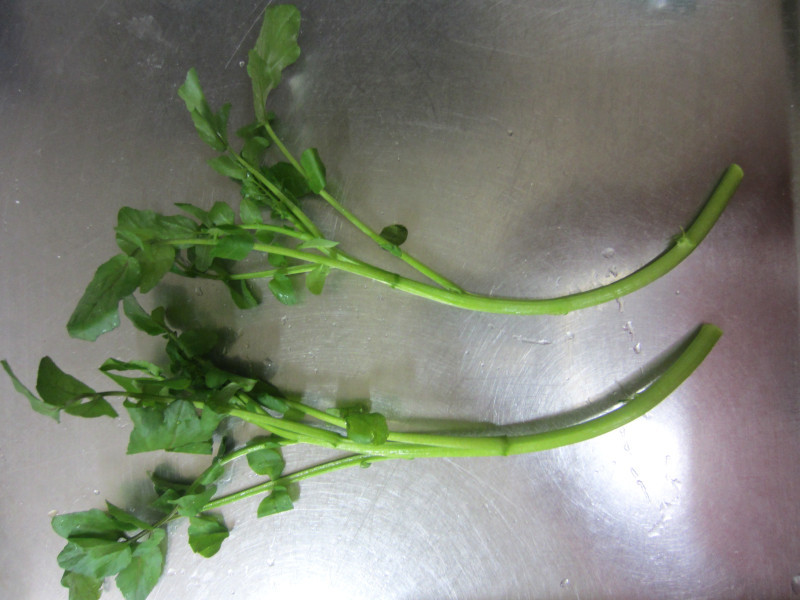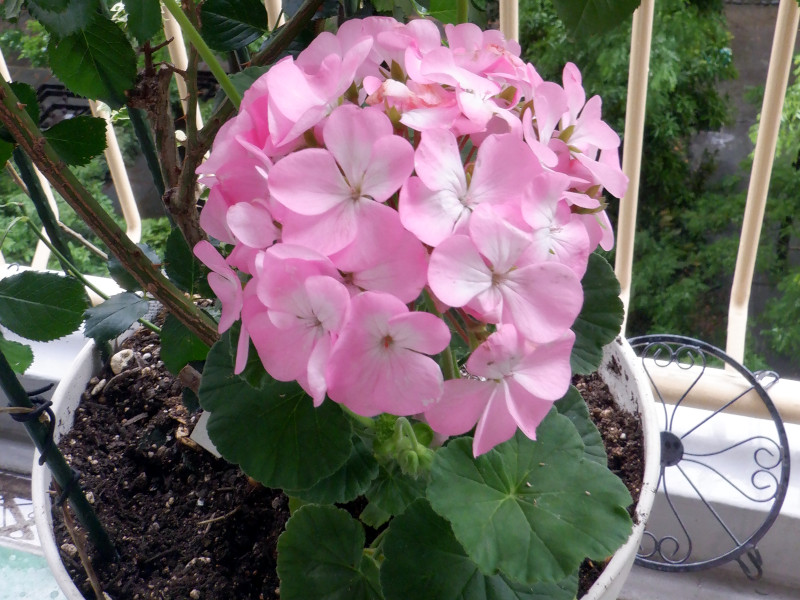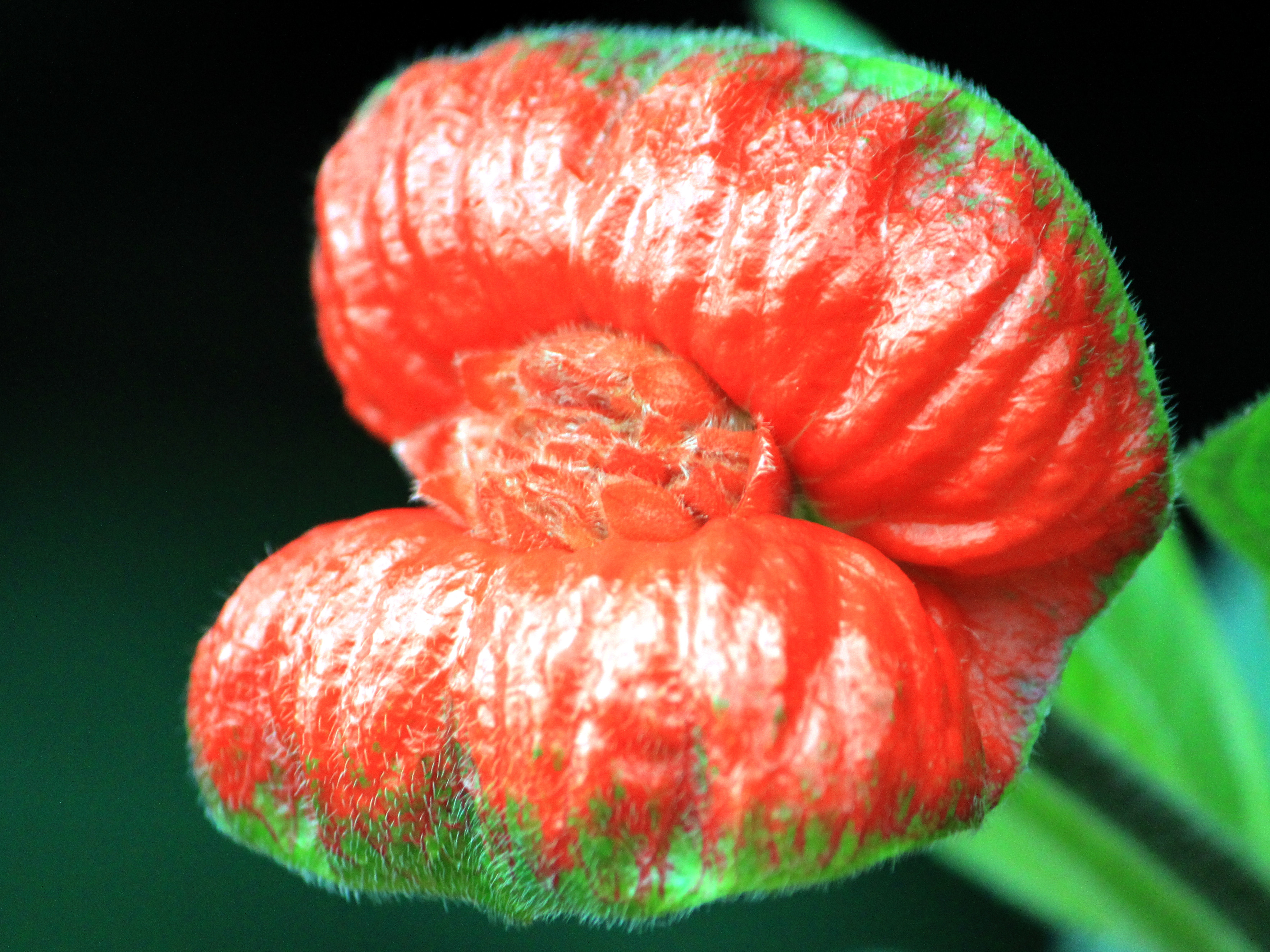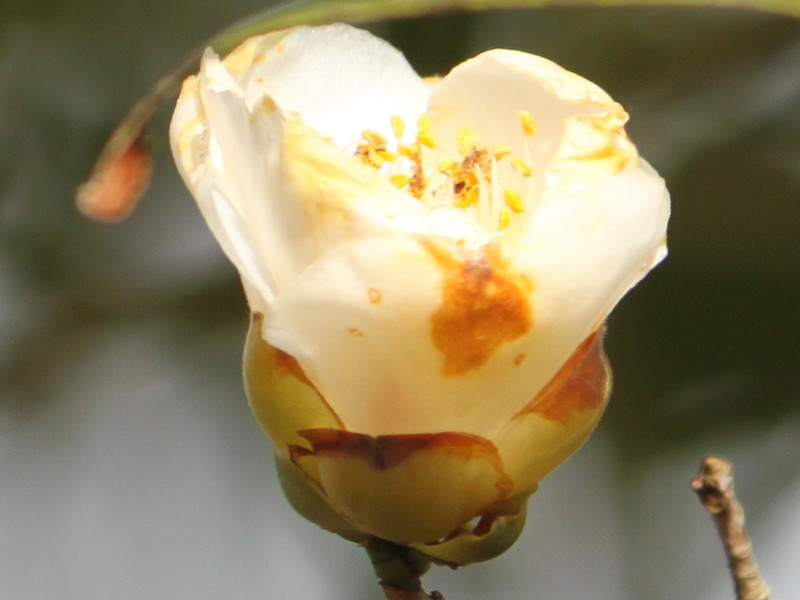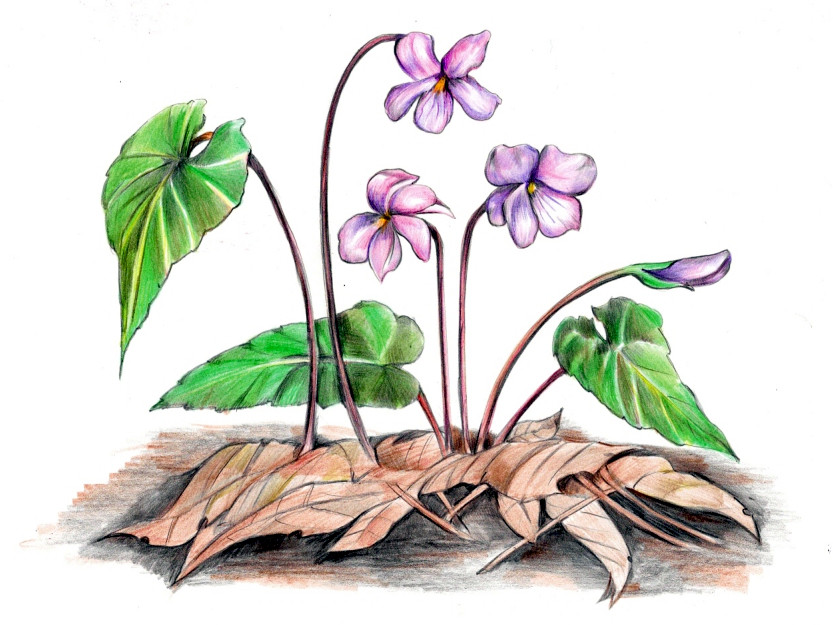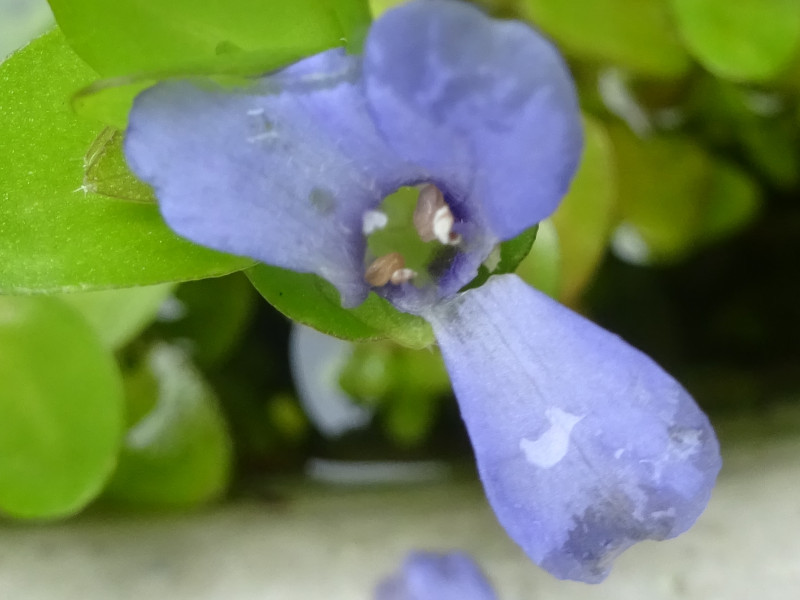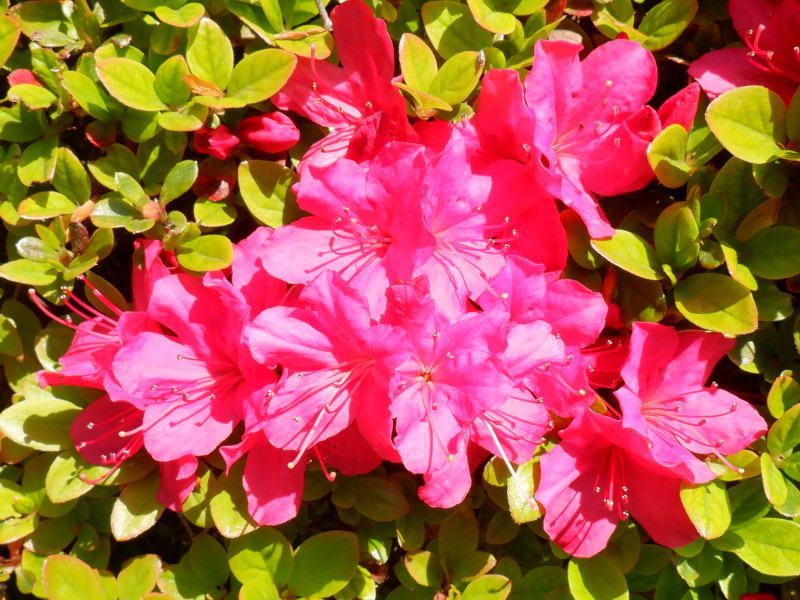Watercress
- Flower nameWatercress
- Scientific nameNasturtium officinale
- Aliasオラダンダガラシ, 和蘭芥子, オラダンダカラシ, cresson, Nasturtium officinale, cress, クレス, ウォータクレス, Watercress
- Place of originEurope and central Asia
- Place of floweringRiver, pond
- Flowering seasonApril, May
What is Watercress
Watercress (scientific name: Nasturtium officinale) is an aquatic perennial herb in the family Brassicaceae , native to Europe and central Asia. It is a non-tuberculous leaf vegetable. Its Japanese name is Oradandagarashi, and its cresson is the French name for it. It is vigorous, hardy and fast-growing, and can be easily grown hydroponically at home. It was brought to Japan during the Meiji era (1868-1912) and has a slightly pungent taste, similar to that of a pepper. The leaf stalks are used in raw salads and as a garnish for cooking. The sprouts are used as a raw vegetable in the form of sprouts.
Common name: Watercress, Scientific name: Nasturtium officinale, Synonym: cresson, Oradandagarashi, Cress, Place of origin: Europe to Central Asia, Life distribution: wildness, Environment: Submerged, Life cycle: Aquatic perennial, Plant height: 50-100 cm, Leaf shape: odd pinnate compound leaves, Flowering time: April-May, Flower color: white, Flower diameter: 0.5-0.6 cm, Fruit shape: slender and sheath-like, Fruiting time: June-July, Use: Leafy vegetables, Edible parts: buds, leaf stalks, Preparation: fresh salad, garnish for cooking, Taste: slightly Remarks: This vegetable was introduced to Japan in the Meiji era and has a strong fertility and fast growth rate, so it has become wild in rivers and marshes, destroying native species.
